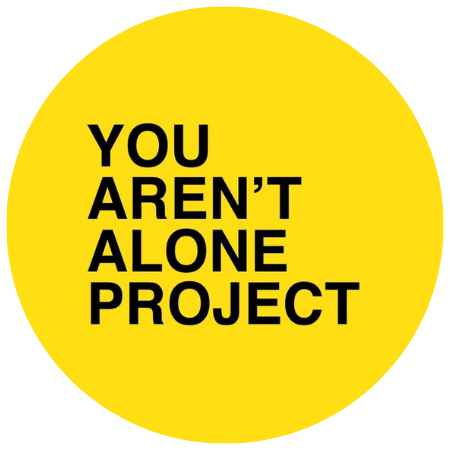9-8-8 Crisis Line Launching July 16th
The 9-8-8 crisis line for behavioral health (mental health & substance use crisis counseling) is launching on July 16th. Let’s talk about what that means.
Here’s the link to the article we used to answer the most pressing questions below from Psychiatric Times. It provides a great overview of the program and additional resources for learning more along with a “Roadmap to the Ideal Crisis System.”
First off, what does this mean?
On July 16, the US will “soft launch” a new number for behavioral health emergencies. 9-8-8 connects to the existing National Suicide Prevention Lifeline which will continue to provide 24/7 access to crisis counseling for anyone experiencing a mental health or substance use crisis via phone, text, or chat.
When to use it?
When connection to local resources is less important, 988 is a great option because it is easy to remember and use. You will always get a consistent response from a trained crisis counselor. You can access help via text and chat even if your local call center does not yet have that capability. Veterans can easily access the Veterans Crisis Line via 988.
What about when you need local resources?
What happens when you call 988 can be highly dependent on where you live; thus advice about using 988 will need to be tailored to local communities. via Psychiatric Times™
In Louisiana, dialing 211 connects callers to information about critical health and human services available in their community. via louisiana211.org
What's next for this initiative?
The 988 number improves the availability and quality of crisis counseling via phone, text, and chat, but it does not create additional services. However, the planning process has prompted communities to improve coordination of existing resources, and many are working to develop new services including implementing mobile crisis teams (by 2025).
The 988 soft launch is just the beginning. SAMHSA’s long-term vision is that every community will have access to a robust and well-coordinated crisis system, where police are not the default first-responders for behavioral health emergencies, that ensures everyone has someone to call (988), someone to respond (mobile crisis), and somewhere to go (crisis facilities). States have received funding to plan and build these next-level crisis services, with additional funding legislation in development.
This is an amazing step toward behavioral health crisis intervention but we still have a long way to go and we certainly can’t do it alone 💛

